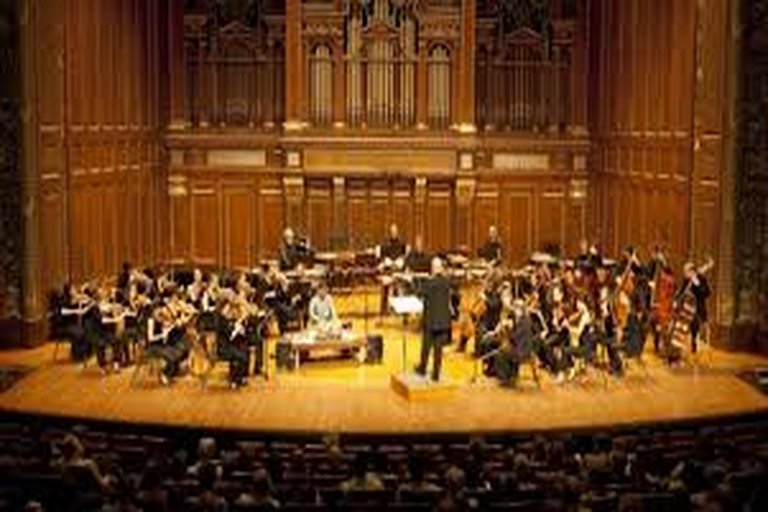Culture & Arts
Revival of Classical Music Draws New Audiences in Toronto
Young composers blend tradition with innovation, breathing new life into orchestral performances and attracting diverse crowds.
2025-06-13 16:28 | By Lucas Martin

Toronto’s classical music scene is experiencing a vibrant resurgence, drawing in new audiences and breathing fresh life into long-established orchestras. A wave of young composers, innovative programming, and creative collaborations is reshaping how classical music resonates with modern listeners.
The Toronto Symphony Orchestra (TSO) has seen a notable uptick in ticket sales over the past year, particularly among millennials and Gen Z patrons. Their recent 'Fusion Series' combines traditional symphonic works with contemporary elements such as digital projections, spoken word, and even electronic beats.
Artistic Director Mathieu Dubois attributes the growing interest to programming that balances respect for classical traditions with an openness to experimentation. 'We want to make classical music accessible and relevant to today’s audience without compromising artistic integrity,' he explained.
One standout performance featured a reinterpretation of Beethoven’s Fifth Symphony, accompanied by a live visual art installation projected throughout Roy Thomson Hall. The multisensory experience captivated audiences and earned widespread acclaim for its bold approach.
The revival extends beyond the city’s major institutions. Independent ensembles like the Toronto Chamber Collective and the Annex Quartet have carved out dedicated followings, performing in unconventional spaces such as art galleries, industrial lofts, and outdoor urban parks.
Composer-in-residence programs have also gained popularity, fostering mentorship opportunities for emerging Canadian talent. Recent commissions have introduced fresh voices exploring themes of identity, migration, and environmental sustainability through innovative compositions.
Audience participation has become a key strategy. Pre-concert discussions, live Q&A sessions with composers, and interactive mobile apps provide attendees with deeper insights into the music’s historical and cultural context, enhancing engagement and appreciation.
Educational outreach remains a cornerstone of the revival. Partnerships with Toronto’s public schools and universities offer workshops, masterclasses, and youth ensemble collaborations, ensuring that the next generation develops both technical skills and a passion for orchestral performance.
The city’s multicultural fabric has further enriched programming. Recent concerts have spotlighted works by Indigenous composers and international artists, reflecting Toronto’s commitment to diversity and inclusion within the arts community.
Sponsorship and philanthropic support have also played a crucial role in sustaining the revival. Corporate sponsors and private donors have recognized the cultural and economic benefits of a thriving classical music scene, contributing to scholarship funds and expanded programming.
Economic analysts note that the revival’s impact extends into related sectors. Restaurants, hotels, and tourism operators report increased activity during major concert events, contributing to Toronto’s broader cultural economy.
As classical music continues to evolve, many believe Toronto is emerging as a model for how urban centers can revitalize their cultural heritage by embracing innovation, diversity, and community engagement. The city’s orchestras are not merely surviving—they are thriving.
With an ambitious schedule of upcoming performances, international collaborations, and educational initiatives, Toronto’s classical music revival shows no signs of slowing down. The symphony halls are once again filled with audiences eager to experience timeless music in fresh, dynamic ways.